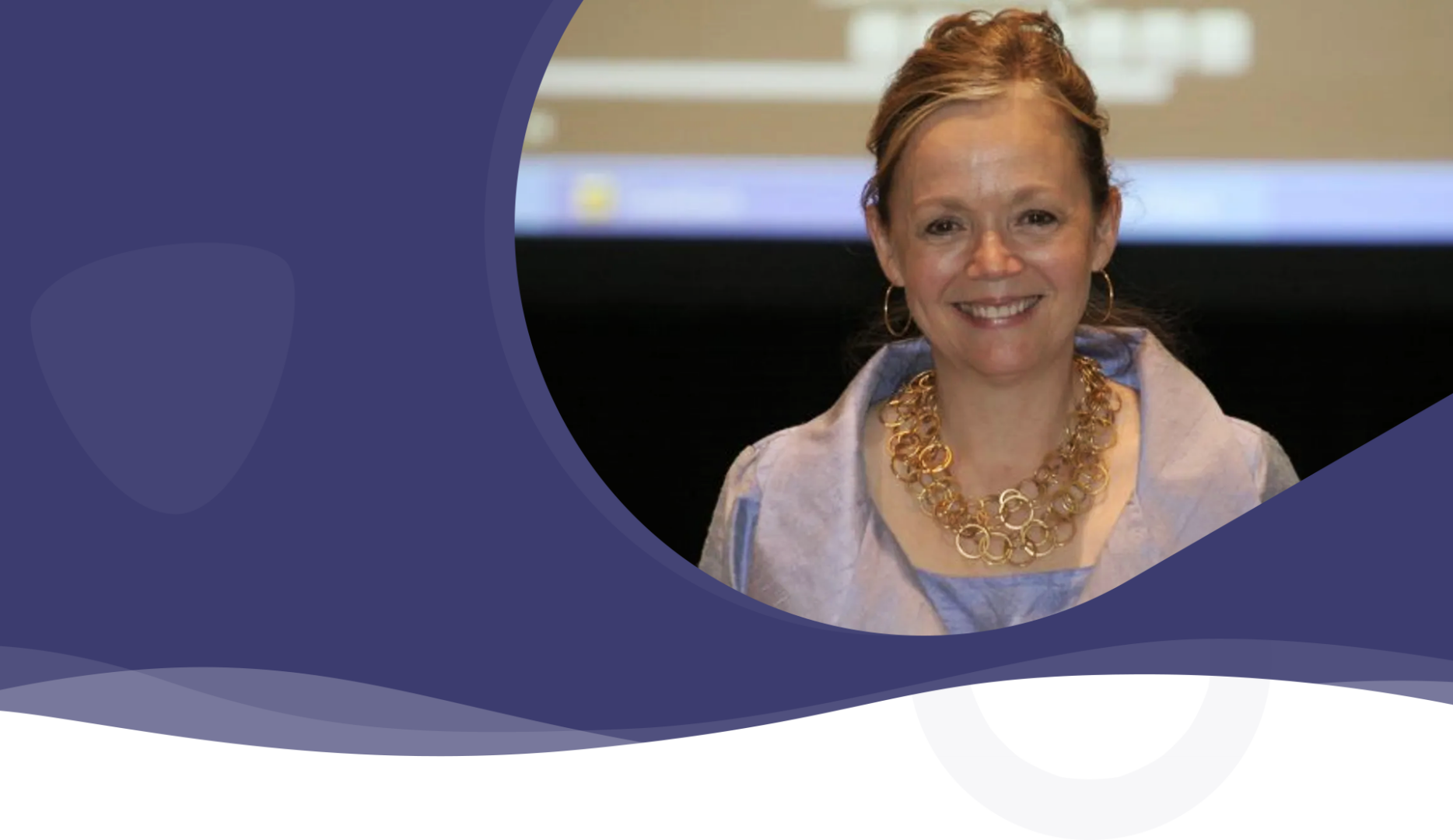Mary Boone, president of Boone Associates, is a leading authority on high-performance collaboration and engagement.
Her passion for integrating ideas across disciplines has positioned her as a catalyst for transformation in IT, Communication, Marketing, and Meetings and Events. For over 25 years, she has helped organizations manage a wide range of organizational change efforts.


Mary Boone, president of Boone Associates, is a leading authority on high-performance collaboration and engagement.
Her passion for integrating ideas across disciplines has positioned her as a catalyst for transformation in IT, Communication, Marketing, and Meetings and Events. For over 25 years, she has helped organizations manage a wide range of organizational change efforts.
Mary’s Recent Thinking
Meetings: The Ultimate Collaboration Tool
As our society becomes more networked, all types of collaboration become increasingly important. But in our fervor for adopting new technologies, we’ve overlooked one of the most important human collaboration tools – meetings.
People have been meeting for millennia, of course. The English word “meeting,” in fact, came into common parlance in the fourteenth century. Yet many meetings, even virtual ones, still seem to be conducted with a medieval mentality. Despite the array of new tools at our disposal, leaders usually resort to broadcasting -- instead of interacting -- in meetings; that is, they are more concerned with how they “tell and sell” than how they “ask and engage.” They bring people together face-to-face at great expense for presentations about things that could have been communicated in an email. They fire PowerPoint slides like heavy artillery at their captive audience and permit the free exchange of ideas only during short breaks and cocktail hours. In virtual meetings, they make attendees sit mutely during endless conference calls while one speaker dominates the “conversation.” Online threaded discussions, meanwhile, ramble on with no endpoint or purpose in sight.
As a result, meetings, whether face-to-face or virtual, are no longer sense-making but rather sense-deadening. But given the ever-expanding global community, leaders can no longer afford to squander collaboration this way. Indeed, a leader’s most important skill today is the ability to mobilize large networks of people to make things happen. It’s time, therefore, to radically reassess how, when, why, and with whom people gather. Instead of simply holding meetings, leaders need to design them.
I define “meeting design” as the purposeful shaping of the form and content of a meeting. While the logistics of a meeting are certainly important, it is critical that we move beyond simply selecting a venue and putting together an agenda. We have to begin to really design how we will interact with each other and with the content we’re consuming at an event.
As the world becomes increasingly complex, greater access to the brilliance that resides in the minds of our fellow human beings becomes critical. But even more important is the imperative to improve the quality of the meetings of those minds—to create experiences that tap collective intelligence, unleash human potential, and accomplish far more than any one of us could ever do alone.

Testimonials

DON TAPSCOTT
Author, Speaker, and Advisor on Media, Technology and Innovation
“I’ve known Mary for over 25 years. During that time, I’ve seen her consistently manage to be at the forefront of management thinking on communication and collaboration. Her work is original, thought-provoking and substantial, and her speaking and consulting inspire people to change the way they work.”

Roger Bolton
President, Page Society
"Mary Boone has been a valued strategic partner for Page for more than a decade, assisting us with a variety of projects including event design, strategic planning retreats, and research. Her expertise in business, leadership, and strategic communication make her an ideal partner who helps us elevate the professionalism of the world’s leading strategic communication executives."

DAVID ADLER
Founder, BizBash Media
“Mary Boone is on a mission to revolutionize the meeting industry through the forward thinking use of "Meeting Design" to transform a gathering of people into a catalyst for positive change.
She understands the importance of collaboration and thinks of meetings as one of the best ways to go beyond lip service to really solving problems. Every day, I see more CEOs embracing her as the "Secret Sauce" that drives their success.
I use clips from Mary's speeches in my own talks because of her smart delivery and her important mission. Her work has transformed the way I think about the world of meetings and events as an engine to drive change management and organizational transformation.
We need an army of Mary Boones working to change the world, and I trust that she is on the way to inspire thousands to follow in her footsteps.”

GAIL WILLIAMS
Program Manager of NASA Goddard's “Exploring Leadership Colloquia Series”, NASA Goddard Flight Space Center
“In 2002, I learned of Mary Boone’s work by reading her book, Managing Interactively. Working for NASA Goddard Space Flight Center, a science and engineering organization with a challenging and critical mission, I was intrigued by her approach to enhancing collaboration and communication in complex, dynamic and face-paced work environments. Consequently, I invited her to speak at our Exploring Leadership Colloquium. Mary designed a highly interactive and provocative presentation. Participants gained theoretical and practical insights for coping with complexity, encouraging innovation, and co-creating a knowledge sharing environment.
In 2011, I was excited to learn about Mary’s research in the area of meetings. NASA Goddard is a meeting intensive culture that I believed would greatly benefit from radically reassessing how, when, why, and with whom people gather. In June 2011, Mary joined an elite group of colloquium speakers invited back to NASA Goddard for a second colloquium, this time on the topic of Reinventing Meetings. Mary designed a paradigm-shifting learning experience, both for the morning large group conversation and afternoon small group conversation. Both were positively informed by her extensive research into NASA Goddard culture prior to her talks. Participants walked away with immediately implementable new skills to support the organization's mission. Mary says she brings a unique blend of communication theory, social science, complexity science, and technology knowledge and expertise to her speeches and workshops, and I can personally attest to the veracity of that statement.”

AEDHMAR HYNES
Former CEO, Text 100, Global Public Relations
" Mary is the type of advisor who can work at the C-level with confidence. As a CEO, I found her insights into our organization to be invaluable. I’ve also witnessed firsthand her work in meeting design– she keeps high-level participants fully engaged before, during and after an event. Her intellectual involvement in the content and form of an event delivers real results.”

JEFF SINGSAAS
Former Manager/Partner, Microsoft Corporation
“I recently accepted an invitation to work with Mary to speak at a national conference. Mary moderated a two person panel of which I was one of the panelists. She was clearly a subject matter expert, yet she had done considerable work to prepare to help us succeed. Her natural curiosity, sense of humor, and gracious manner helped make the session effective for the audience - and a pleasure for me. I was impressed.”